You want to draw manga, and Manga University will show you how. You’ll get VERY good at this. After all, we’ve been teaching people just like you for over 20 years.
“How to Draw Manga: Basics and Beyond!” is the latest in Manga University’s lineup of best-selling instructional books. The book features more than 1,000 illustrations drawn by Japanese manga artists whose work has appeared in leading publications, including Shonen Sunday and Young Jump. You will learn how to draw like a professional because your teachers are professionals.
We’ve divided the book into four easy-to-follow chapters that will have you drawing original characters from head to toe in no time at all:
Heads First! We begin at the top, with a chapter on how to draw heads. After all, heads are the first thing most people notice, in both art and out in the real world. And in art, just like in the real world, you want to make sure your characters make a vivid first impression … whether they’re completely human, or totally out-of-this-world.
Let’s Make Faces! The expression the eyes are the window to the soul is particularly true when it comes to manga. You can tell a lot about a character’s personality by peering into their eyes. In this chapter, we explain the basics of drawing eyes. But we don’t stop there. We also cover noses, mouths, ears, and hair.
All About Bodies! Once we’ve covered faces, we move on to teaching you how to draw bodies. We go over the differences between male and female body proportions, count heads to determine the heights of our characters, and learn how to draw hands, arms, feet, and legs.
Strike a Pose! Our book’s final chapter is all about making a physical statement. We show characters standing tall, sitting down, throwing punches, giving hugs, and more. Because even beautifully drawn characters look boring if they’re frozen stiff.
The book also includes a section on manga tools. Plus, you’ll get to know the artists who contributed to the book through exclusive interviews in which they talk about their favorite manga and anime series, hobbies, how they work, and more!
Read more
2115 reviews for How to Draw Manga: Basics and Beyond! (Manga University Presents … How to Draw Manga)
Add a review
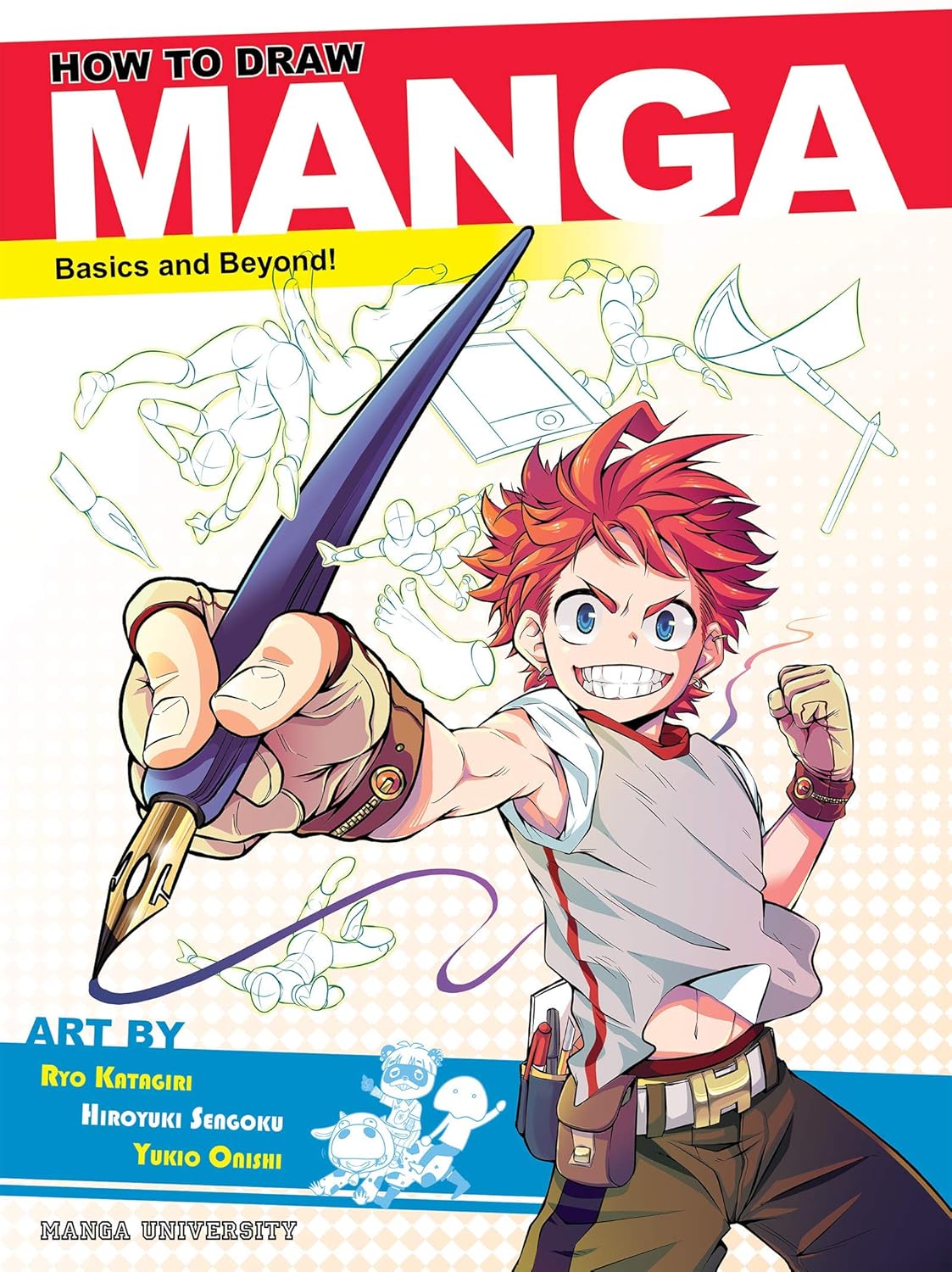
$25.95

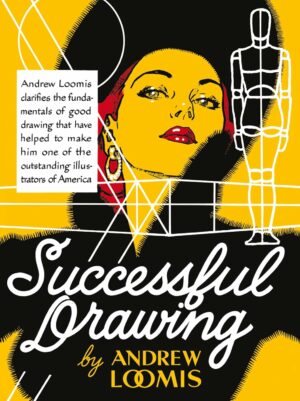
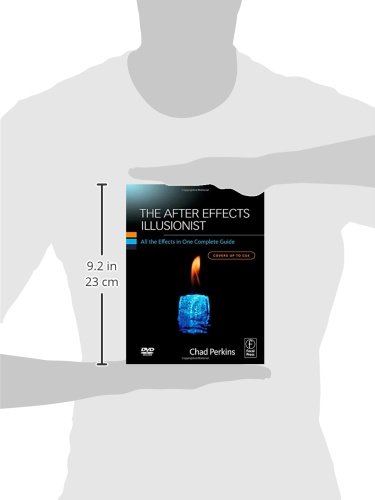

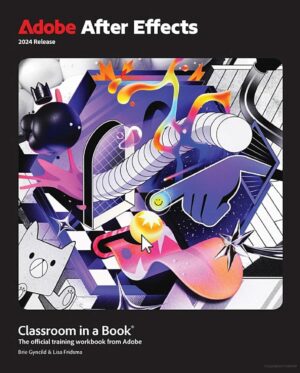

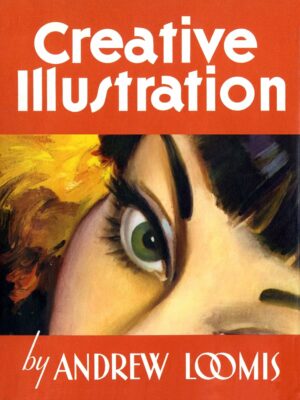

Nandu –
How to Draw Manga: Basics and Beyond! is an essential resource for aspiring mangaka, blending technical instruction with an appreciation for the art form’s deep cultural roots. More than just a drawing manual, this book introduces key principles of artistic anatomy, proportion, and simplified forms, making complex techniques accessible to both traditional and digital artists.
One of its standout strengths is its ability to break down anatomy into manageable shapes, helping artists maintain proportion and balance across different poses and perspectives. The book’s step-by-step approach simplifies foreshortening and body movement, crucial for dynamic character creation. The lessons apply seamlessly to both traditional sketching and digital tools like Clip Studio Paint, making it a versatile guide for today’s artists.
Beyond technical skill, Basics and Beyond! also offers a glimpse into the cultural influences behind manga. From traditional brushwork techniques to the stylistic evolution of manga, it subtly incorporates Japanese artistic sensibilities, grounding its lessons in the rich history of the medium. This cultural context adds depth, helping artists not just draw, but truly understand the essence of manga storytelling.
With its clear visual guides, structured lessons, and balance between technique and creativity, this book serves as a solid foundation for both beginners and intermediate artists. Whether you’re looking to introduce structure into your workflow or refine your existing skills, How to Draw Manga: Basics and Beyond! is a must-have companion on your journey as a mangaka.
J Wyatt –
This book is better than I had anticipated. It’s very instructional and less of a step by step book. It really talks about anatomy, perspective, proportion and other fundamentals of art that are used in creating Manga.
Instead of saying “copy this” the book explains how to construct the characters yourself, with finished examples to compare your own work. This is more of an educational book, than a lids learn to draw. I would recommend it.
Cassandra Miller –
I’m pretty new to drawing manga, but I can tell this will be the book I go to for help. This has everything you could possibly need and more. It’s written by experts in manga and anime, and this will help you understand basic anatomy and fundamentals. Highly recommend for beginners to experts.
dave –
this book is a nice and fun guide to the world of manga an anime
Douglas –
Arrived in brand new condition! couldn’t be more excited to start learning how to drag my OCs in my spare time.
Mona –
This book is useful for beginners, it has all the basics. I felt this book would be more useful if there were more tips for total beginner in art. Price is little high for this book
Arno Caspari –
Macht viel Spaß binnzu faul mehr zu schreiben gutes Buch
Michelle –
I ordered a bunch of books along with this on Saturday and by Monday I had them. Very impressed with the speed of delivery.
When researching for “how to Draw manga” books my main goal was to find a Japanese author since they know the form the best.. I have been drawing anime and manga characters for almost 10 years for fun but always found when I did freehand the faces and body would be shaped weirdly. Within a couple of hours, I have already seen an improvement in my body shapes. The author has organized and written this book very well and covers everything I need to learn. I am pleased I never wasted money on other mediocre books.
You will not be disappointed if this is the book your looking for
Alyssa –
I’ve taken art courses throghout my life both in public schools and at university. I’ve always found how to draw manga books to be very lacking in teaching actual tools for skill building and instead defaulting to “this is how to draw this pose and only this pose” sort of concepts.
This book contains some very important core concepts that people try to skip over but you honestly need those concepts to really take your skills to the next level. There was several concepts I learned at university in this book as well as additional tools I did not already possess, making this book useful for both total beginners and more experienced artists.
I liked this book so much I bought a copy for my best friend who wants to learn to draw.
This contains excellent lessons, tools, references, and concepts that I highly reccommend for just about anyone interested in drawing manga.
Something I also appreciated seeing was elaboration on characters with different body types and how to draw fat or being emaciated. This also gives you tips on how to draw characters of various different ages which I also dont see much in manga books (apart from chibis, babies, teens and young adults but not many expand to ages beyond that).
Having owned and read what feels like hundreds of manga books, this one is made by artists who are actually in the industry and know what they are talking about. If you are to get yourself or anyone else a how to draw manga book, this will have pretty much everything you need for the art skills.
To clarify, this book does NOT contain how to use the physical tools such as pens, inks, panneling on mangaka layout papers and screentones.
Trust me, out of all the books this is one of the best out there.
samanime –
Over the last while I’ve been snapping up every character drawing book I can, from realistic “anatomy for artists” to full-on Western style cartoons, and of course tons of anime/manga ones. My collection now exceeds 60 books specifically on this topic.
If I was forced to pick just one, it’d be this one.
It is the most comprehensive single book on the topic I’ve found.
In particular, I love that it covers a wide range of poses and body types. It also does a great job covering the differences in ages, all the way down to infants (which is weirdly often forgotten in most). They also cover skinny and fat characters. And tons of different poses and even goes more in-detail about muscles than most books of this type.
An instant favorite of my collection and a must-buy, even if your goal isn’t explicitly anime-style characters.
Glean –
There’s one thing that needs to be addressed when it comes to this book, something which left me feeling a bit conflicted on how to rate it. This book is exclusively about Manga Characters. If you want any information on paneling, lettering, backgrounds, screen-tones or anything of that sort — this book won’t help. This book focuses solely on characters and when it comes to that it’s one of the best in its field.
How to Draw Manga: Basics and Beyond surprised me with its level of detail. Each page is filled to brim with a variety of illustrations covering each part of the body. With pages devoted to individual parts such as the ears, hands, and neck. It includes instructions on both smaller details & common mistakes. The illustrations encompass a variety of styles, all of which are noticeably modern. Compared to classics, such as Tadashi Ozawa’s “How to Draw Anime & Game Characters” it really showcases how manga has evolved and grown in modern times. It book even goes along to show several body-types not commonly taught in “How to Manga” books, such as plump, muscular, and “skeletal” bodies.
If there is one negative to be had, it is that I fear the book might be a bit overwhelming in its first few illustrations. Like most other books it starts with how to draw the head, but here so much information is presented at once that a beginner artist might become discouraged before seeing how its broken down in the following chapters.
Amazon Customer –
I purchased this book over quarantine because I wanted to practice drawing and learn a new style. This book does a great job of covering all the basics with good written descriptions as well as a variety of images. I purchased the digital version, but would recommend purchasing a physical copy if you do most of your drawing on something like an iPad. For me, I found it difficult to search through the book using the contents page. Additionally, it was difficult flipping back and forth between the books and my drawing on my iPad (but that’s on me for purchasing the digital edition instead of the physical copy). Overall, this book is helpful, but I think I would prefer the physical edition as opposed to the digital edition.
Karol –
The media could not be loaded.
He comprado como 4 libros y sentía que no era lo que estaba buscando pues soy principiante. Este libro está genial muy completo desde rostros, cuerpos y estilo de cabello. Muy bien explicado. Lo recomiendo